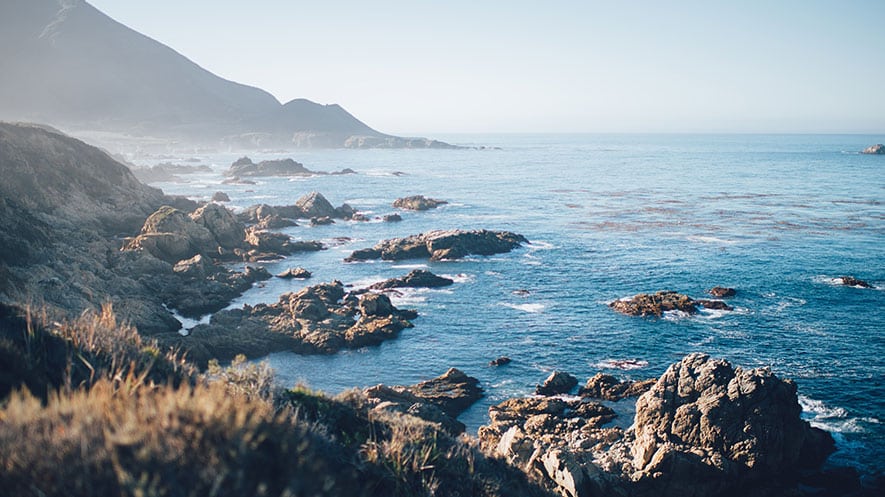Scientists have recently discovered that marine creatures can be adversely affected by hypercapnia, a condition of too much dissolved CO2 in seawater (CO2 partial pressure, or pCO2). When this level rises above 1000 micro atmospheres (1000 μatm), some fish species suffer cognitive problems and disorientation, such as losing their way or even swimming towards predators. Surface ocean CO2 partial pressures tend to be around 400 μatm, so until now scientists have thought that hypercapnia was a problem which would only become apparent over time in subsurface waters.
Now researchers from several U.S. marine laboratories have found that in subsurface coastal waters, the pCO2 levels can rise to levels which begin to threaten the wellbeing of fish and is likely to disproportionately affect colder northern waters, which Pacific salmon depend on to grow from juveniles to adults.
“We checked coastal waters in the Gulf of Mexico, and all along the U.S. West coast,” said lead researcher, Dr. Richard Feely, senior scientist from the National Oceanic and Atmospheric Administration (NOAA) Pacific Marine Environmental Laboratory in Seattle. “We found that the cold water changes the chemistry of the water, so that it can’t buffer itself as effectively against changes in acidity. This can cause large fluctuations in the CO2 levels of the water according to the season, with colder areas being more vulnerable to large swings in pCO2. It is this increased pCO2 which threatens the well-being of marine life.”
The research team studied samples collected from a series of cruises that occurred in 2007, 2011, 2012, 2013 and 2016, and found that there were significant differences in the quantities of CO2 dissolved in the water.
“Estuarine and coastal waters will be more severely impacted by the effects of ocean acidification more quickly than the open ocean, particularly if they are already impacted by nutrient, deoxygenation and fertilizer run-off, which can cause higher CO2 levels in subsurface waters. Unfortunately, many of our coastal waterways have elevated nutrient levels and have low oxygen concentrations in subsurface waters,” said Dr. Wei-Jun Cai, co-author of the research. He continued, “Colder waters further north are more susceptible to this increase in dissolved CO2. So for example, we found high levels of dissolved CO2 in coastal waters off the state of Washington, but lower levels in the Gulf of Mexico. This means that some fish that inhabit these northern waters could suffer cognitive problems, in much the same way that humans exposed to too much CO2 (as can happen with scuba divers) and will lose track of things. Our work shows that cold coastal waters already have seasonal levels of pCO2 near 1000 μatm or even higher, levels observed to effect behavior in some species.”
Commenting, Professor Scott Doney of the Woods Hole Oceanographic Institution, and University of Virginia, said: “Rising atmospheric carbon dioxide levels and resulting ocean acidification are both due primarily to human fossil fuel use and are a global concern for ocean health. This study highlights the potential for even more significant regional threats to marine life and ecosystems, in this case for the cold, subsurface waters along the western coast of North America. The research also illustrates the critical value of sustained ocean observations, involving the tracking of coastal ocean chemistry trends on continental-scale over a decade.”

